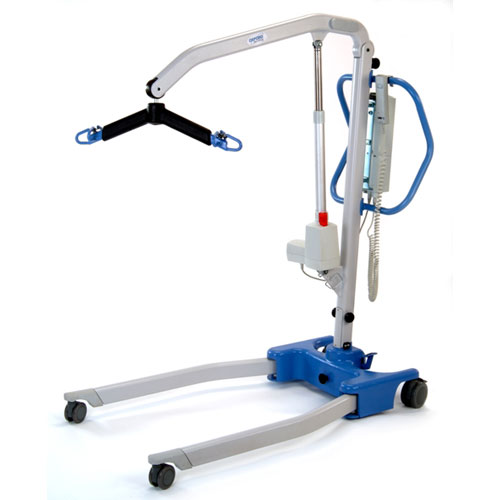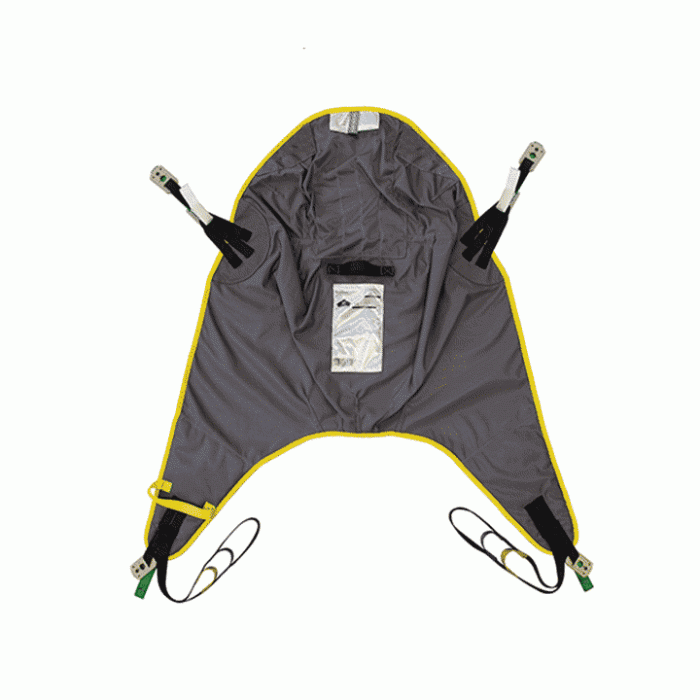
Pressure injuries, commonly referred to as pressure ulcers are a major issue for your residents, care professionals and care institutes. There are many industry bodies that are working hard to spread awareness and educate everyone on the best ways to prevent pressure ulcers through pressure area care.
What are pressure ulcers and how do they arise?
Pressure ulcers are injuries that occur when the skin over a bony prominence is damaged because of prolonged pressure. Depending on the position the individual is mostly in, will determine the high-risk sites for pressure ulcers.
There are many factors at play to make someone susceptible to developing pressure ulcers. These include age, weight, skin condition and medication that might not be able to be controlled. However other factors such as mobility, pressure, shearing and moisture can be managed by equipment. Therefore, helping to eliminate or reduce pressure ulcers for those more susceptible.

Common sites where pressure ulcers develop
How can we prevent pressure ulcers?
Once you have understood what a pressure ulcer is and how it occurs. You can work towards how to manage the severity or prevent pressure ulcers altogether.
You may be familiar with the aSSKINg framework. This was developed as part of the NHS England Pressure Ulcer Core Curriculum. It is widely used in clinical practice, including care homes, for the prevention and management of pressure ulcers.

If you’re not familiar with this framework, check out the video from Shropshire Community Health. The video helps explain the SSKIN section of the framework and highlights key messages for preventing pressure ulcers: https://youtu.be/Syc-hByVGF0?t=153
We are expanding on the ‘SURFACE’ and ‘KEEP MOVING’ sections of the framework to explain how pressure management equipment can support you.
Surface – In Pressure Area Care
This is where you should consider what equipment you might need to put in place for reducing or relieving pressure for your residents.
The framework helps you to understand the impact of the support surface on skin integrity. As well as identify the range of pressure care equipment and devices available to suit the resident’s level of mobility and risk level.
Current NICE guidance states high specification pressure redistributing devices should be used on those that are vulnerable, at high risk and those who are seated for prolonged periods.
Pressure care or pressure relief mattresses, overlays and cushions are used to aid in preventing the development of pressure ulcers for people considered as being at risk. They work by reducing or redistributing pressure, friction, or shearing forces. Pressure relieving mattresses can have a positive impact on your resident’s experience and outcomes.
There are different types of pressure care mattresses that are used for varying levels of residents’ needs, mobility and risk levels. For example foam mattresses, air mattresses and hybrid mattresses.
Keep Moving – In Pressure Area Care
This step is incredibly crucial in pressure ulcer prevention. It starts with assessing your patient’s mobility and putting in place a repositioning schedule based on your assessment.
Following this section of the framework will help you understand the importance of maintaining mobility and its impact on the resident’s level of independence. Similarly, ensure you identify and safely use a range of appropriate equipment to promote safe transfers. This includes ceiling hoists, mobile hoists and compatible slings, standing hoists and transfer aids, appropriate seating and other mobility aids.
Explore the various moving and handling equipment you can use to keep your residents moving when they need it the most.
Pressure Area Care isn’t just about getting the right equipment; you need to make sure it’s functioning, and you need to make sure staff know how to use it.
If you need any help with the provision, maintenance or use of the pressure care equipment mentioned in this article. Get in touch with our friendly team who can provide help and advice.








